Description
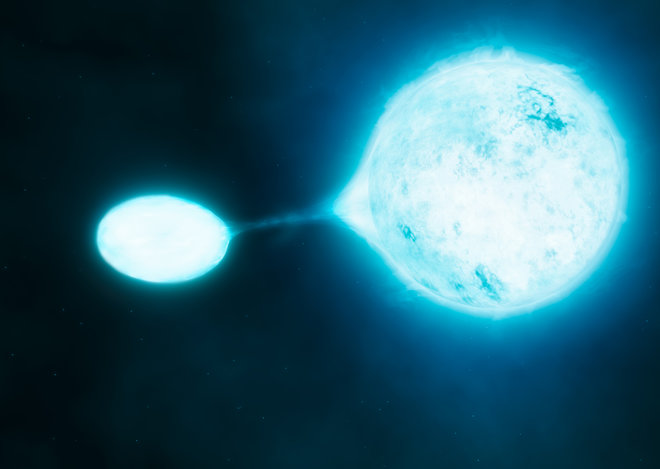
Disclaimer: Copyright infringement not intended.
Context
- Researchers from Indian Institute of Astrophysics, Bengaluru, have shown evidence for the hypothesis that Blue Straggler draws matter from the giant companion and grows more massive, hot and blue, and the red giant ends up as a normal or smaller white dwarf.
- To study the blue straggler they made use of the observations by the UVIT instrument (Ultra Violet Imaging Telescope) of ASTROSAT, India’s first science observatory in space.
Background: Stellar Evolution

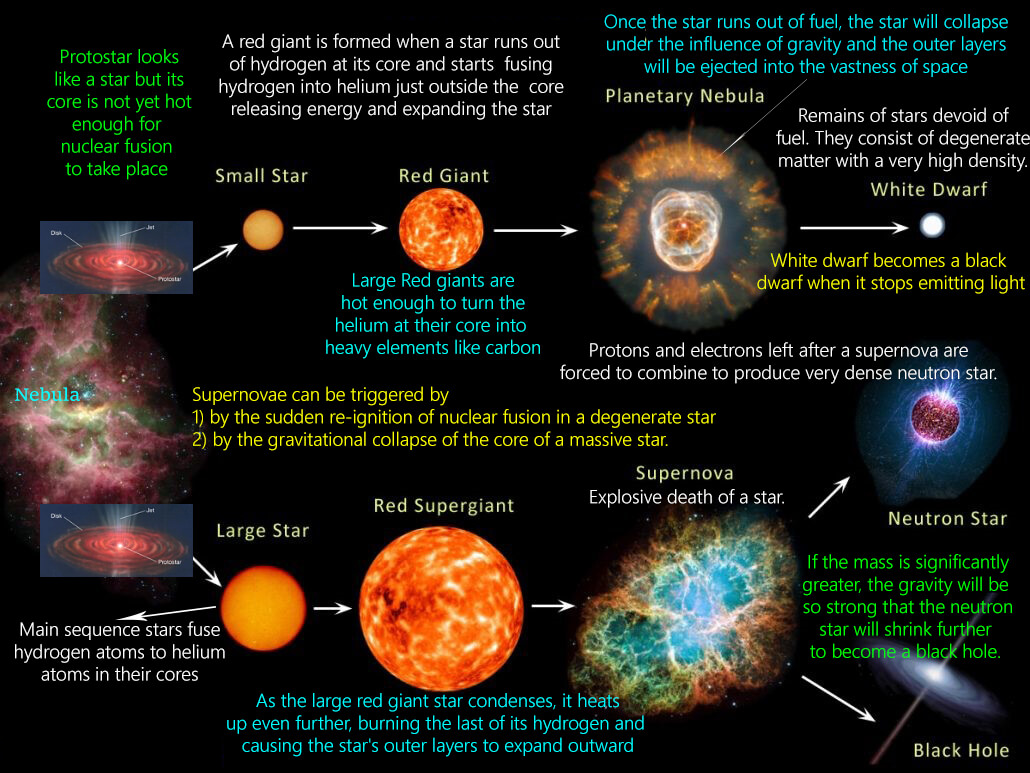
Globular cluster
- A globular cluster is a spherical collection of stars.
- Globular clusters are very tightly bound by gravity, giving them their spherical shapes and high concentrations of stars toward their centers.
- Globular clusters are found in nearly all galaxies.
- In spiral galaxies like the Milky Way, they are mostly found in the outer, spherical part of the galaxy—the galactic halo.
- They are the largest and most massive type of star cluster, tending to be older, denser, and composed of fewer heavy elements than open clusters.
- The Milky Way has over 150 known globulars and possibly many more undiscovered.
- The origin of globular clusters and their role in galactic evolution remain unclear.
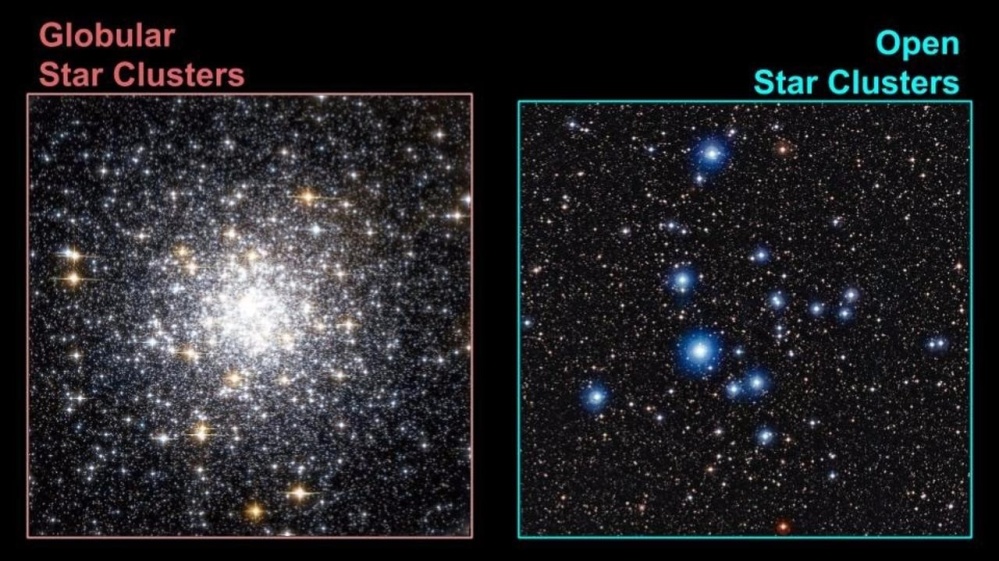
Blue Stragglers
- Blue stragglers are a class of star observed in old, dense stellar systems such as globular clusters.
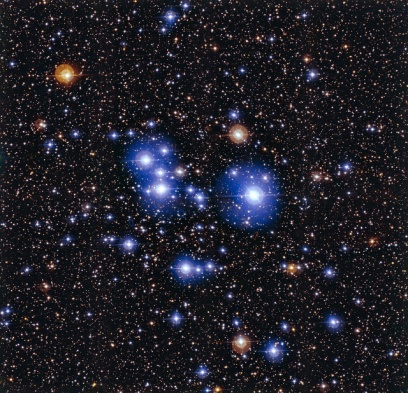
- Blue stragglers stand out because old stellar populations forming the globular stars are usually expected to be devoid of blue stars because Blue (high-mass having hydrogen) stars possess very short lifespans. But Blue stragglers are found in old stellar systems and they are weirdly bigger and bluer than the rest of the stars.
|
Example of what happens to Older Stars
Our Sun, for example, is what is called a main sequence star, and, given its mass and age, it is expected that once it has converted all its hydrogen into helium, its core will get denser, while outer layers expand. So, it will bloat into a red giant. After this phase, its fuel spent, it will shrink, becoming a smaller, cooling star called a white dwarf star at the end of its life.
|
- The blue stragglers in an old stellar population must therefore have formed long after the system as a whole.
- Blue stragglers were first discovered by Allan Sandage in 1953 while performing photometry of the stars in the globular cluster M3.
Origin of Blue Stragglers
- A clue to their origin is that they are only found in dense stellar systems, where distances between stars are extremely small (a fraction of a light year).
- In these dense environments (for example the cores of globular clusters), collisions between stars are relatively common, and it has been believed that blue stragglers are the result of the merger of two old, red stars.
- This merger produces a star with a greater mass (hence bluer in colour). And it severely disrupts the two merging stars involved, mixing hydrogen into the stellar core and giving the star a new lease on life.
- This model for the formation of blue stragglers was confirmed through observations of the nearby globular cluster, 47 Tucanae, taken with the Hubble Space Telescope.
- These observations showed that one of the blue stragglers (BSS 19) has a mass almost twice that of the normal stars in the cluster, and an extraordinarily high rotation rate at 75 times faster than that of the Sun.
- Both the high mass and the rapid rotation of this star bear witness to its origin in a stellar merger event.
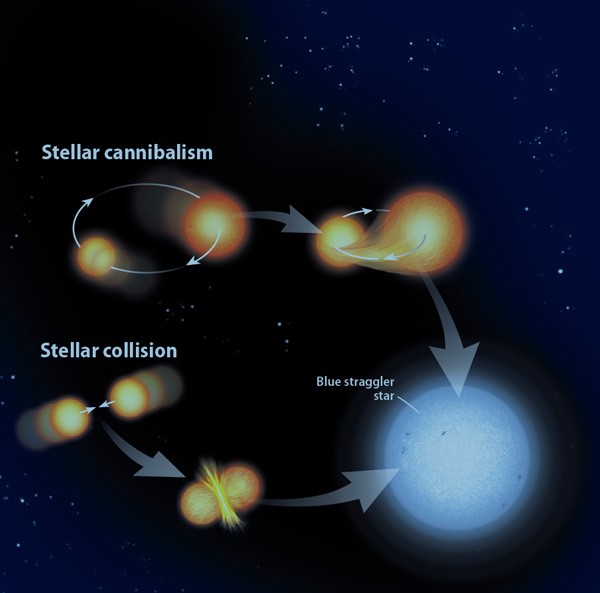
https://www.thehindu.com/sci-tech/science/what-makes-blue-straggler-stars-tick/article65344766.ece



















